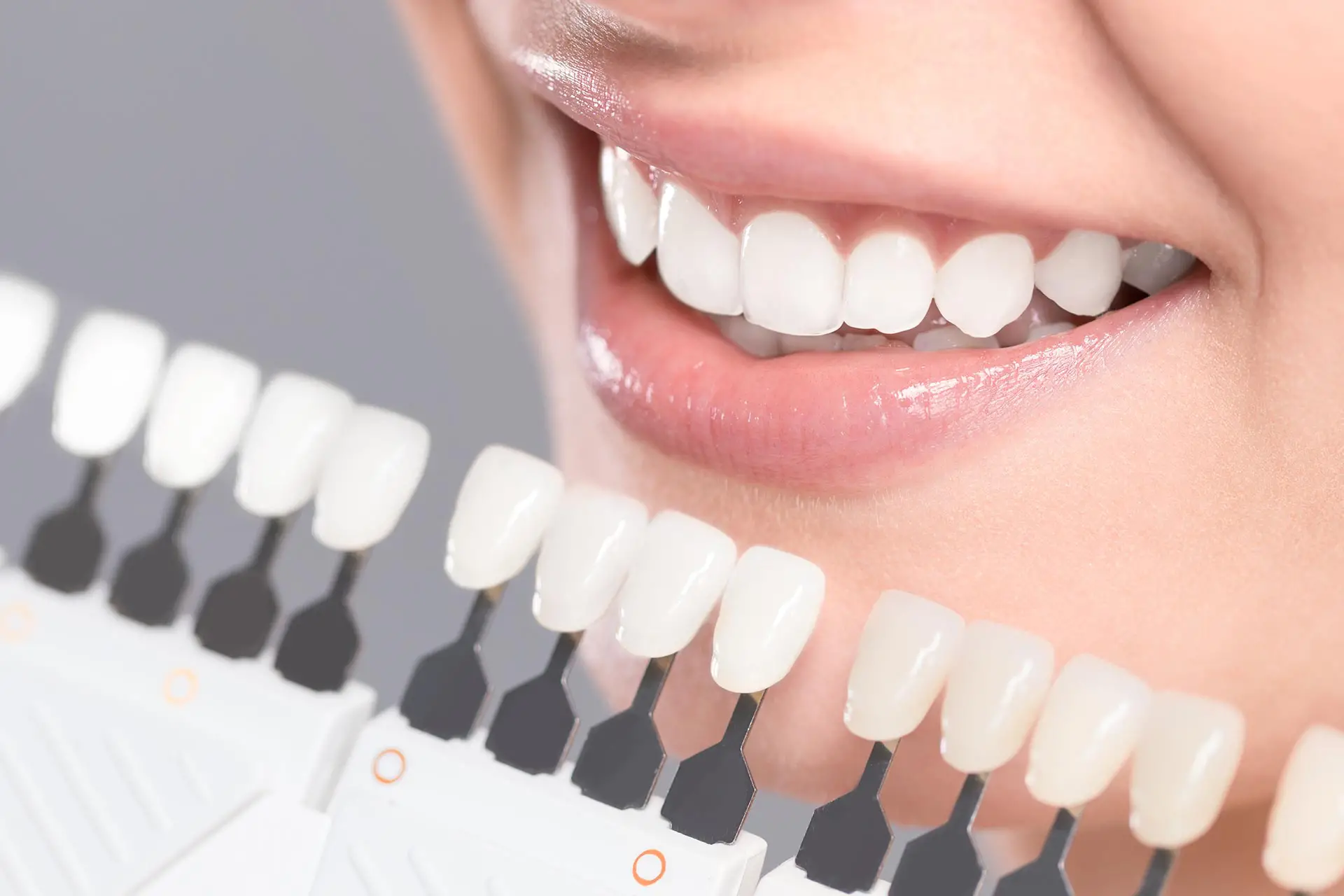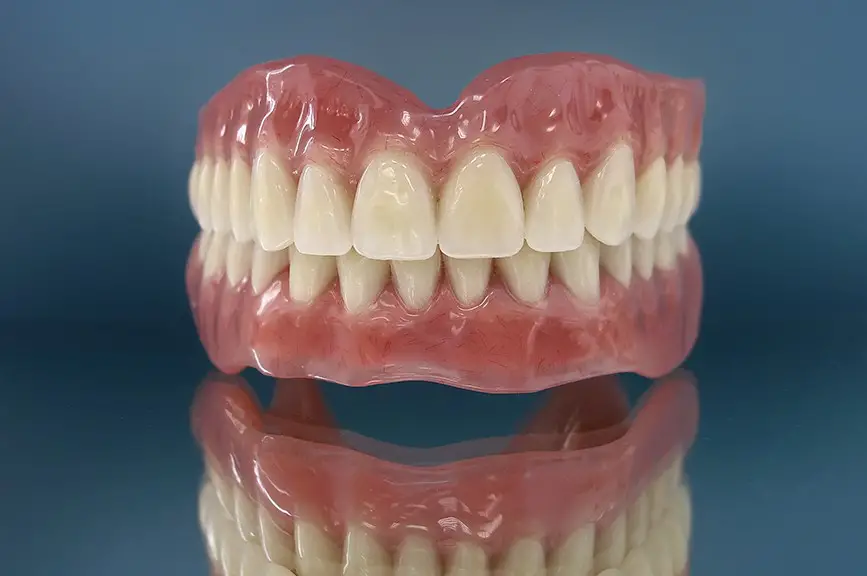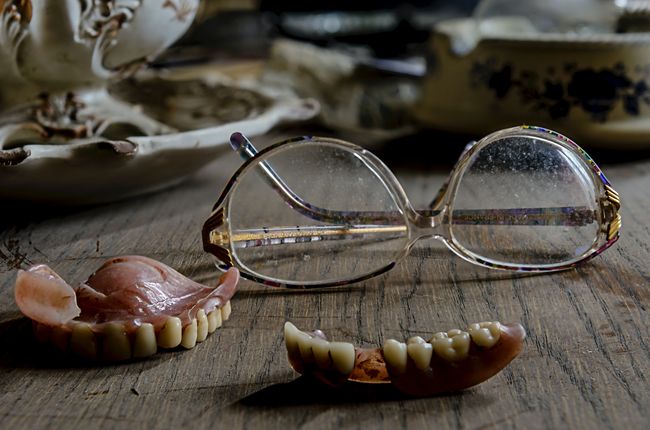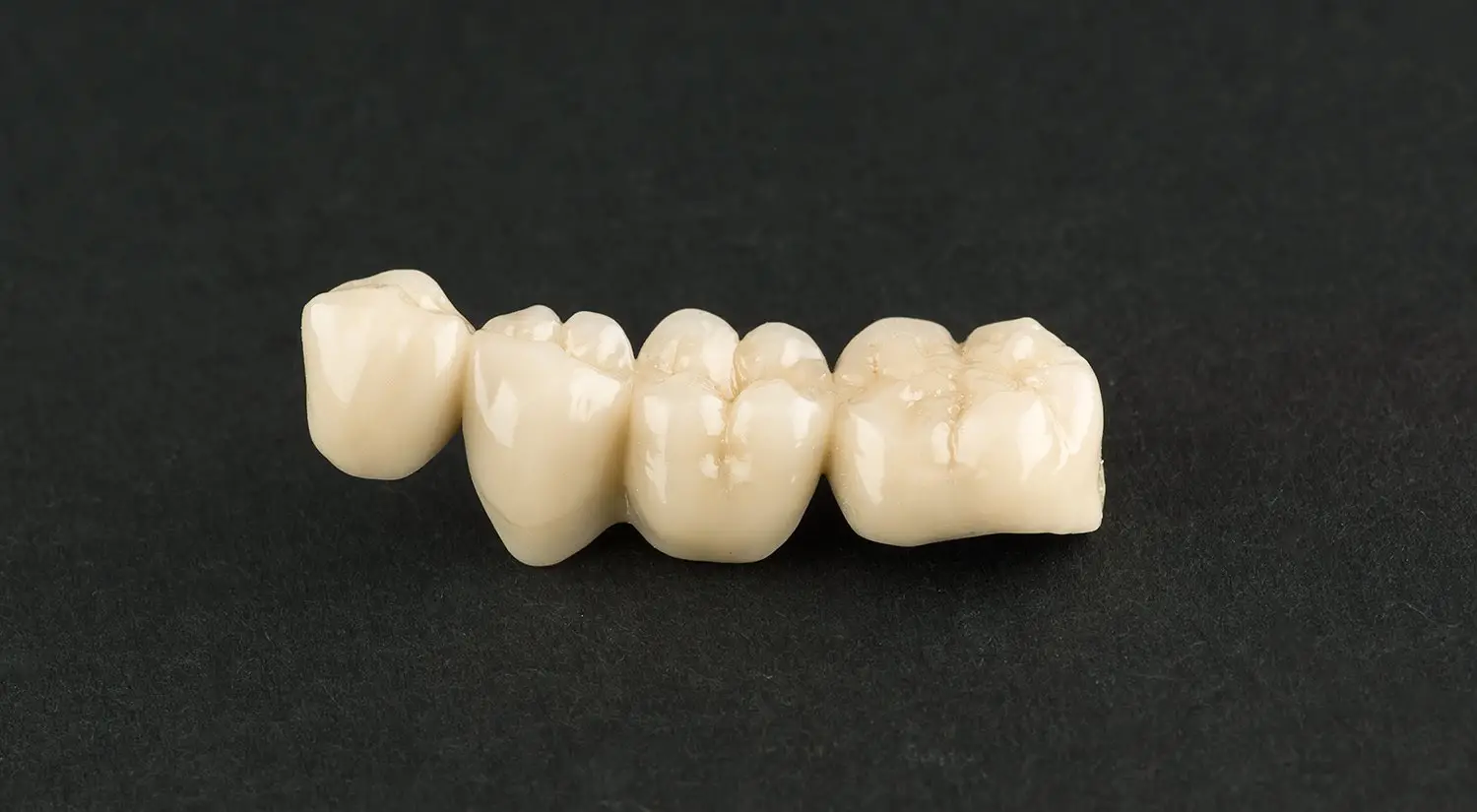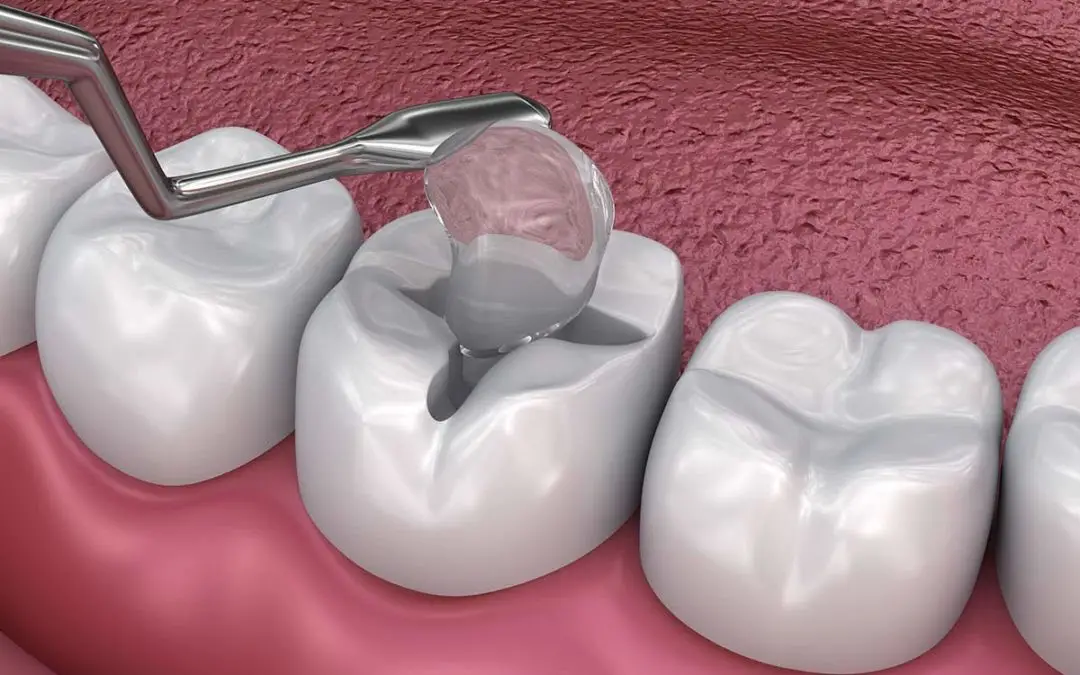A dental restoration is a treatment designed to improve the function and appearance of a tooth. Restorations may be recommended after cavities, an injury, or for cosmetic purposes.
Dental restorations include:
- Dental crowns
- Dental bridges
- Dental implants
- Dental fillings
Why might I need a Dental Restoration?
Dental restoration may be needed if you have tooth decay. Cavities are caused by acids from plaque attacking your teeth. These acids remove minerals from your tooth enamel, leaving a weak spot. If a cavity is not repaired, the bacteria can infect your tooth, causing more decay.
In its early stages, a dental restoration may be as simple as a filling. If the decay is more extensive, you may need a crown instead.
What are Dental Fillings?
A dental filling is a dental restoration used to repair a cavity or broken tooth. It can also help to repair a chipped or fractured tooth. A filling can be made from a resin material or dental amalgam. However, despite the material, a dental filling will essentially perform the same function, which is to “fill” the cavity.
Why do I need a filling?
A filling is needed when tooth decay (cavities) is present. Cavities occur when plaque and tartar build-up on tooth surfaces. Bacteria thrive in this environment, producing acid that eats away at your tooth enamel. Cavities are one of the most prevalent dental conditions, making fillings a primary treatment at the practice.
What are the benefits of Dental Fillings?
There are many benefits to dental fillings. First, they prevent further decay by sealing off areas of your tooth that have been compromised. This prevents food particles from hiding in these holes and breeding bacteria. Second, dental fillings can restore normal function to your tooth. For example, a filling can replace the lost tissue of your tooth after a cavity. They can also prevent further tooth loss by closing off spaces where bacteria can enter.
What involves in the Dental Filling Procedure?
The dentist will first provide an anesthetic to numb the tooth. Then, the tooth is drilled to remove all decayed portions. After cleaning the tooth, the filling is placed. The material used for filling can be gold, porcelain, or composite resin material, according to the preference of the patient.
After a dental filling is placed, your tooth feels normal again. You may have some mild sensitivity or discomfort right after the procedure, but this will subside. You’ll return to your dental team for a follow-up visit, where the dentist will check in on how your tooth is healing.
What are the aftercare steps?
- Avoid eating hard foods such as nuts, hard candies, and ice. Hard foods can put pressure on your teeth, resulting in discomfort or sensitivity.
- Smoking after getting a dental filling increases the risk of complications. It can also lead to the failure of a dental filling.
- Chewing ice can cause tooth fractures. If you have dental fillings, you should avoid chewing ice to prevent them from fracturing.
- If you grind your teeth at night, the dentist may recommend you wear a mouth guard or splint when you sleep.
- After your dental filling, avoid clenching your teeth together. This could cause your filling to crack, wear down, or cause other damage to your tooth.
Dr. James Thurber DDS, located in Lubbock, TX, has modern amenities and the latest technologies that enable the best dental care facilities for patients. Call us at (806) 745-6644 and book a consultation with the dentist.


